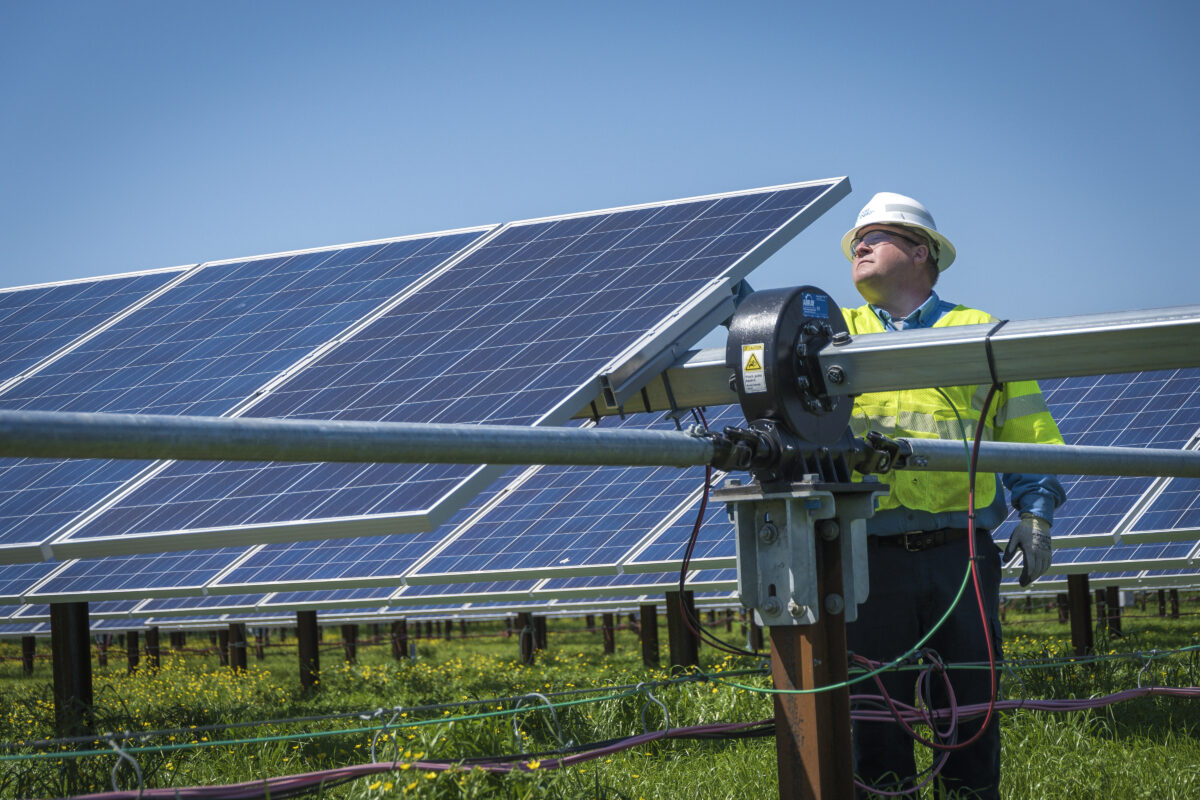Wednesday, 07/01/2026 | 09:29 GMT+7
Six Southeastern states could achieve 45% solar generation by 2035, finds a study from Lawrence Berkeley National Laboratory, with installed capacity reaching 182 GW of solar and 71 GW of storage, plus “substantial” wind generation in that scenario.
Even a baseline scenario modeled in the study would reach 23% solar by 2035 with 76 GW of solar and 19 GW of storage, amounts that are “significantly” higher than the amounts of solar and storage currently installed in the region.
Utility operating costs would be reduced by 70% in the “high PV, high storage” (HPHS) scenario compared to the baseline scenario, due to lower fuel costs, yielding $20 billion in annual savings.
Market costs, defined mathematically in the study, would also decline with higher levels of solar generation.

Duke Energy Carolinas and Georgia Power, the study notes, have considered resource planning scenarios in which solar would provide up to 40% of generation by the mid-2030s, accompanied by “gigawatts of energy storage.”
The HPHS scenario reflects an assumed “advanced” pace of cost declines for solar and storage through 2035, while the baseline scenario reflects a slower pace of cost declines. The HPHS scenario also assumes a carbon tax, which the modeling showed could lead to “significant” additional wind generation, and retirement of coal generation. Utilities sometimes include CO2 costs, also called a carbon tax, in their integrated resource plan modeling, the study notes.
The region studied encompasses Kentucky, Tennessee, Alabama, Georgia, North Carolina, South Carolina, and parts of Missouri and Mississippi, but not Florida.
Nonfossil generation in the HPHS scenario would reach 97%. Researchers found that when emissions reductions reached 75% to 80%, solar generation “reached an economic saturation point, potentially related to the region’s relatively high share (around 30%) of nuclear generation.”
The researchers found that when they assumed additional cost reductions for solar and storage in their modeling, the model did not select “significant additions” of new solar capacity. To achieve emissions reductions beyond 80%, onshore wind was “the most cost-effective resource.”
The study had two purposes: to examine the costs, reliability, and operations of the region’s electricity systems with higher levels of solar and storage, and to explore the benefits of operational coordination among the region’s utilities.
In all scenarios, the capacity expansion model used in the study “also built a significant amount of new transmission,” both within the Southeast region and between the Southeast and neighboring regions.
In the study’s two high-solar scenarios, the region had “ample gas generation” of 71-74 GW to provide both capacity and energy during the winter. At the same time, Midwest wind provided “a low-cost resource for mitigating winter solar shortfalls” in the region.
The observation about Midwest wind echoes preliminary results from the U.S. Department of Energy’s National Transmission Planning Study, which suggested that to cost-effectively reach a high level of renewable generation, additional transmission will be needed to connect the wind belt in the central U.S. to eastern grids.
Berkeley Lab modeled the resource scenarios using the National Renewable Energy Laboratory’s capacity expansion model known as ReEDS, and then tested the scenarios using the PLEXOS dispatch model.
The study is titled “Solar and storage integration in the Southeastern United States: Economics, reliability, and operations.”
According to PV Magazine USA








 Webinar 2: “Financial Support for Energy Efficiency Enterprises – Opportunities and Challenges”
Webinar 2: “Financial Support for Energy Efficiency Enterprises – Opportunities and Challenges”
 Capacity Building for Program Implementing Entity
Capacity Building for Program Implementing Entity
 Vietnamese enterprises achieve green growth and cut costs through energy efficiency
Vietnamese enterprises achieve green growth and cut costs through energy efficiency
 Enhance Energy Efficiency Knowledge for Managers of Cement Industrial Enterprises
Enhance Energy Efficiency Knowledge for Managers of Cement Industrial Enterprises
 Capacity building for participating financial institutions in Ho Chi Minh City
Capacity building for participating financial institutions in Ho Chi Minh City
 Strengthening capacity for energy management officers of local government agencies
Strengthening capacity for energy management officers of local government agencies
 Steel Enterprises Saving Energy and Enhancing Competitiveness
Steel Enterprises Saving Energy and Enhancing Competitiveness